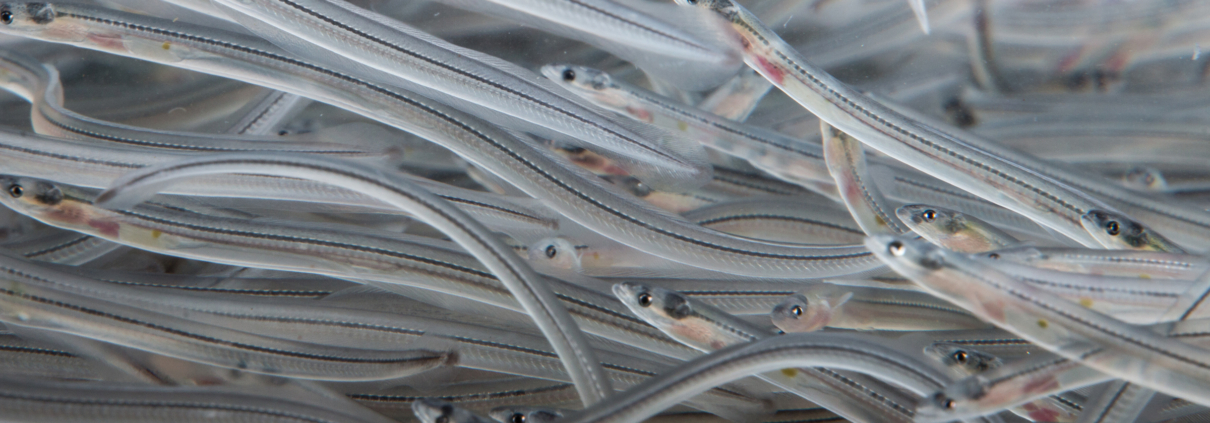Tides of Tension: Rights, Regulation, and the Elver Fishery Crisis in Atlantic Canada
Each spring, the rivers of Nova Scotia and New Brunswick swell with life—and controversy—as elvers, tiny translucent baby eels, begin their upstream migration. Worth up to $5,000 per kilogram on Asian markets, elvers have become the focus of one of the most volatile and symbolic disputes in Canada’s fisheries: a collision between Indigenous treaty rights and the privileges of long-established commercial license holders.
At the heart of this conflict lies a deep question: Who truly owns the right to harvest this resource?
The Roots of the Crisis
The elver fishery is small in scale but massive in value. With only nine commercial licenses in existence, long held by a few companies, it’s a tightly controlled industry under the watch of Fisheries and Oceans Canada (DFO). However, members of the Mi’kmaq and Wolastoqey nations argue that they have an inherent, constitutionally protected right to fish—without a license.
DFO, in turn, has responded with enforcement—canceling the 2024 season entirely and deploying conservation officers to seize gear and stop unlicensed harvesting. They cite conservation concerns and rising black-market activity.
Commercial Pushback
Commercial license holders—who invested heavily under the assumption of long-term access—are feeling squeezed. Many view the transfer of quota to First Nations without compensation as an expropriation.
In a March 2025 court ruling, a federal judge agreed, stating that the 2022 quota transfer to First Nations harvesters was “procedurally unfair” and lacked proper consultation with commercial licensees.
One commercial operator, speaking anonymously, said: “We’re being demonized for operating legally under a system DFO created. And now they’re taking quota away to fix decades of injustice we didn’t cause.”
Bigger Than Eels
The elver conflict echoes long-standing issues in other Atlantic fisheries. The 1999 Marshall decision by the Supreme Court upheld the Mi’kmaq right to fish for a “moderate livelihood,” but implementation has been halting and inconsistent.
What’s missing is a framework for shared stewardship that recognizes both Indigenous rights and the stability needed for commercial operators. “It’s not enough to say ‘both sides matter,’” said Dr. Sherry Pictou, a Mi’kmaq scholar and activist. “We need a new governance model built on respect and inclusion—not just enforcement.”
A Way Forward?
Solutions have been proposed: co-managed fisheries, quota buyouts, improved data-sharing, and regional conservation councils. But political courage and bureaucratic will remain scarce.
For now, the rivers remain quiet, the gear sits idle, and both trust and elvers are in short supply.
Further Reading:
- Tensions rise on Nova Scotia river as some Indigenous eel fishers reject Ottawa rules – CityNews Halifax
- Transfer of baby eel quota to First Nations was unfair, says federal judge – Global News
Cover photo: © katterox / Adobe Stock



